Korean port volumes up in October
The Korean Ministry of Land, Transport and Maritime Affairs (MLTM) announced that major Korean ports have seen container volumes grow 15.8% in October compared to a year ago.
Total volumes that the ports handled reached 112,890,000 tons in October, up from from 103,000,000 tons, or 9.6%, compared to the same period last year. The accumulated volumes in 2011 climbed 8.6% to 1,078,110,000 tons from 993,150,000 tons in the previous year.
Korean ports handled a total of 1,881,000 TEU versus the 1,625,000 TEU seen twelve months earlier. Not only import and export cargos, but also transshipment cargos increased by 8.6% to 1,161,000 TEU, 30.5% to 682,000 TEU each.
Although the global economic downturn includes a huge problem in Europe, the import and export cargo volumes have grown steadily since August and transshipment cargo volumes have achieved double-digit growth since March.
By item, oil imports and exports, chemical items and soft coal have soared by 13.6%, 9.1%, and 8.7%, respectively, but sand is downs by 8.1% compared with last year.
Port by port, Pyeongtaek,Dangjin Logistics, and Ulsan Port have seen cargo increases in the machinery, oil and fiber sectors, with increases of 30.2%, 16.7%, and 13.3%, respectively. On the other hand, Incheon Port's volumes have dropped by 4.1%, with the finger of blame pointed at decreases in the sand, cement and grain trades.
Busan port, the biggest port in Korea, recorded 1,411,000 TEU, up by 19.7%, especially their transshipment cargos which expanded by 30.7% as some global liners have been calling more often at the port. The increases are the second highest record following 31.9% in May 2010.
Gwangyang Port also handled 184,000 TEU, jumping by 2.1% compared to October 2010, although its import and export cargo volumes diminished slightly. Overall, the volumes of Incheon Port soared 7.6% to 156,000 TEU on the last month of 2010 thanks to increases of import and export volumes with China, Vietnam and Thailand.
A representative of MLTM said, “There is a good outlook for import, export and transshipment volumes, despite these economically tough times. Busan Port and other Korean ports could handle 15,000,000 TEU and 20,000,000 TEU each in early December if this trend continues.” < 김보람 기자 brkim@ksg.co.kr >
많이 본 기사
- 국제물류업계, 광양항 마지막 배후단지 활용법 모색한다‘일상이 된 물류시장 불확실성’, AI·친환경이 돌파구‘고환율·저운임’ 글로벌 물류기업 일제히 부진한 실적 신고‘수요 둔화 지속’ 컨운임지수 한주만에 1300선으로 후퇴DHL, 중동 두바이에 차세대 물류허브 개소해운협회, 부산항도선사회와 CCTV 활용 안전도선 업무협약한국해양대, 장금상선등 해운사와 해양인재 양성방안 모색2028년 유엔 해양총회 한국 유치 확정KMI, 우리나라와 북극권국가 협력 방안 모색벌크선시장, 급등 이후 조정 '속도 조절 들어가나'
- 인사/ 팬오션전재수 해수부 장관 사의…“해양수도권 차질없이 육성되길”쿠팡 박대준 대표이사 사임…“개인정보 유출 책임 통감”에스티엘글로벌, 한국해大 해사대학에 장학금 기부日 ONE 운항 9100TEU급 컨선 화재…공동해손 선언인사/ 해양수산부윌로그, 벤처창업진흥유공 대통령 표창 수상아시아나IDT, 산업안전세미나 개최…‘플랜투두’ 확산 전략 공유아로아랩스, 중기부 창업지원프로그램 선정…연구개발 자금 확보부음/ 해운조합 최종진 본부장 빙모상










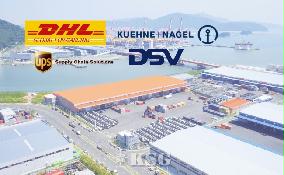

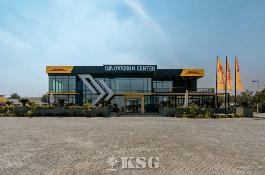
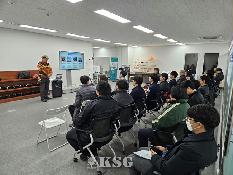




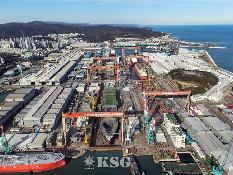
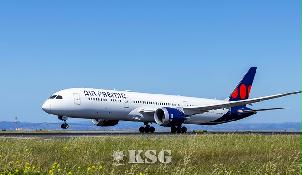


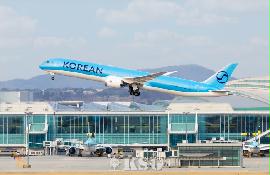


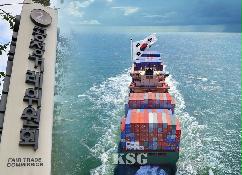



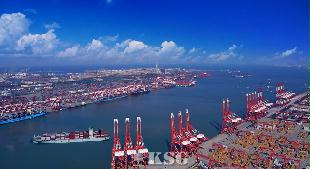
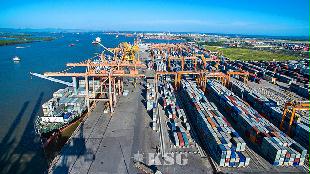
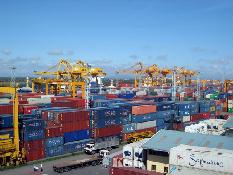






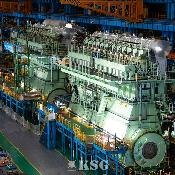
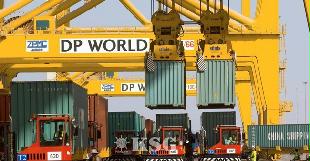

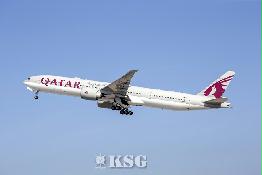





















0/250
확인